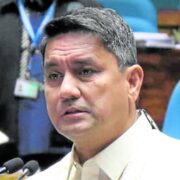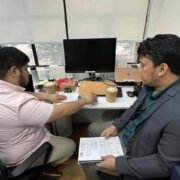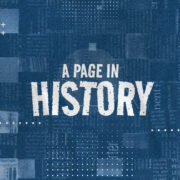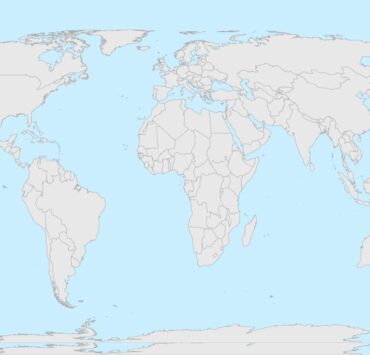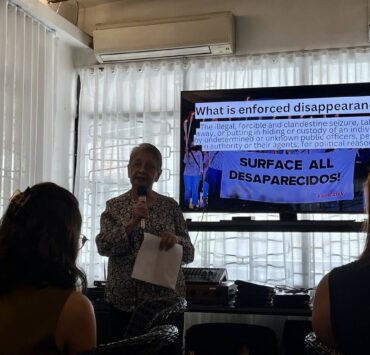Nat’l Library explores use of AI for archiving, translations
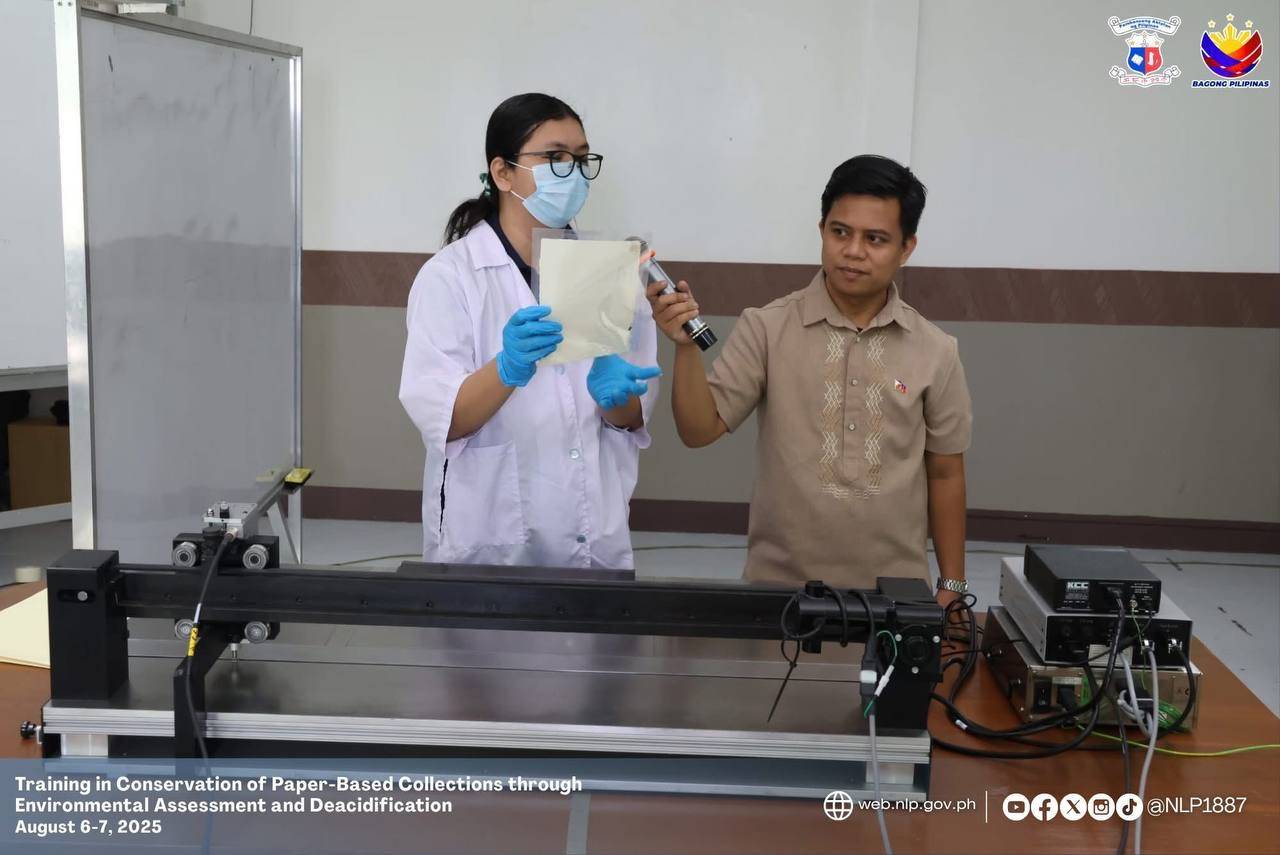
From digitizing the nation’s printed and recorded heritage to translating works into different languages, the National Library of the Philippines (NLP) is looking toward a future that embraces artificial intelligence (AI) and other technologies—all while staying grounded in its “race against time” to preserve books and documents invaluable to history.
NLP assistant director Edgardo Quiros said the library is now studying how AI can be used for translation and OCR (optical character recognition)—the conversion of images of text into their digital form.
He cited their efforts to translate, through AI, documents from NLP’s collection into the country’s major languages—Tagalog, Bicolano, Kapampangan, Pangasinan, Ilocano, Hiligaynon, Waray, and Cebuano. These languages are no longer regarded, from the colonial point of view, as dialects, given their vastly different vocabulary and structure.
Earlier this month, the library’s Filipiniana Division conducted a training program on conserving paper-based collections through environmental assessment and deacidification, given the fragile state of NLP’s archives with the passing of time.
Consuelo Martinez Rendo of Preservation Technologies led the training on Aug. 6 and Aug. 7.
Investing in technologies
Participants in that program were introduced to the NLP’s newly acquired conservation equipment—including a bookkeeper deacidification spray system, which treats paper acidity to prolong the life of documents, and an ultrasonic encapsulator, which pieces together fragile records using nonadhesive, nontoxic materials.
Quiros said the NLP is investing in these technologies because physical documents remain irreplaceable—even in the digital age when documents can be accessed and reproduced online.

According to him, print artifacts reveal the particular era when they were produced, based on their materials.
“For example, [among] the 19th-century documents of the Philippines, the Filipiniana collection, which of them are actually made from abaca papers? Which of our manuscripts were written [using a particular] kind of ink?” Quiros said in a recent interview.
These details are as important as the written content of the documents, he said. “We can capture paper watermarks, we can capture the dry seals, but we cannot capture using scanners what kind of fibers, what kind of ink was used, how did they write.”
Critical details
Quiros said the NLP is “going in that direction of exploring AI, but of course, there is still paper preservation and conservation.”
“We don’t throw away the originals, we keep them, we prevent damage to these documents,” he said, citing as an example the sketches and cartoons that national hero Jose Rizal made when he was in Germany.
“It’s not just the things that you see in the drawings. Sometimes the experts would tell you about the direction of the brush, how many lines were used. So these elements cannot just be captured by scanning [a] document,” Quiros said. “The practice is still to preserve the original as genuinely as possible so that we have something to go back to in the near future when we have a different methodology or technology.”
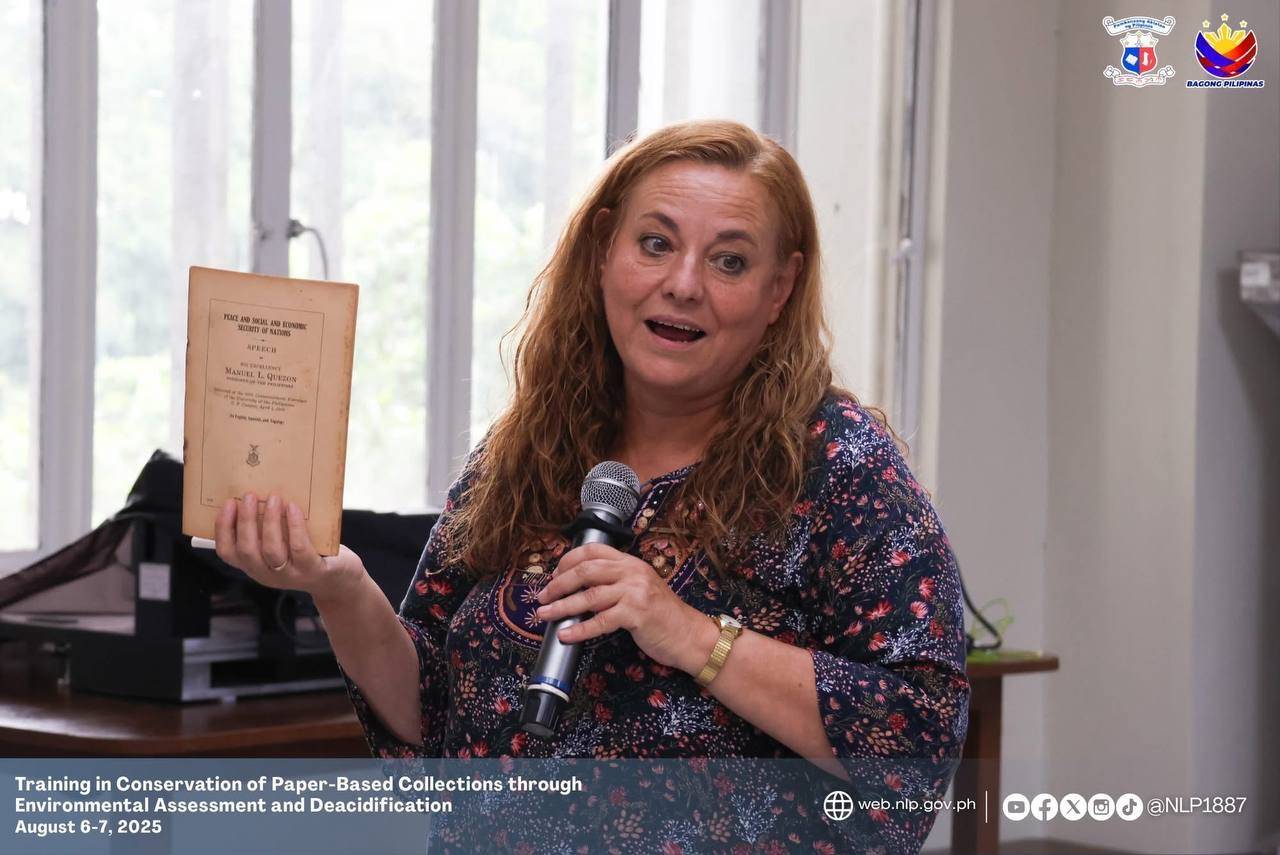
From the text to the paper, down to the ink, fibers, binding—these are the details librarians and conservationists strive to preserve.
Quiros said these details are also critical in detecting manuscript forgeries. “To establish the document, especially during legal processes, you [need] to have a much verifiable and reliable way to authenticate the document being submitted in court,” he said.
As the NLP aims to digitize its collection, Quiros emphasizes the need to make them accessible to Filipinos not only in the country but overseas.
Access to heritage
He said many Filipinos born and raised abroad want to reconnect with their identity, adding that digitization allows them to access their heritage without having to travel to the Philippines.
The NLP is also reaching out to other parts of the country. “For places that don’t have good internet connection, we have a program with the local government units and we copy the digitized material into a local server in their local libraries. So it’s easier to do that, less expensive than reprinting this document,” Quiros said.
All these efforts, he said, are part of the National Library’s mission to restore public trust in the institution and make the country’s heritage within reach for all Filipinos.







